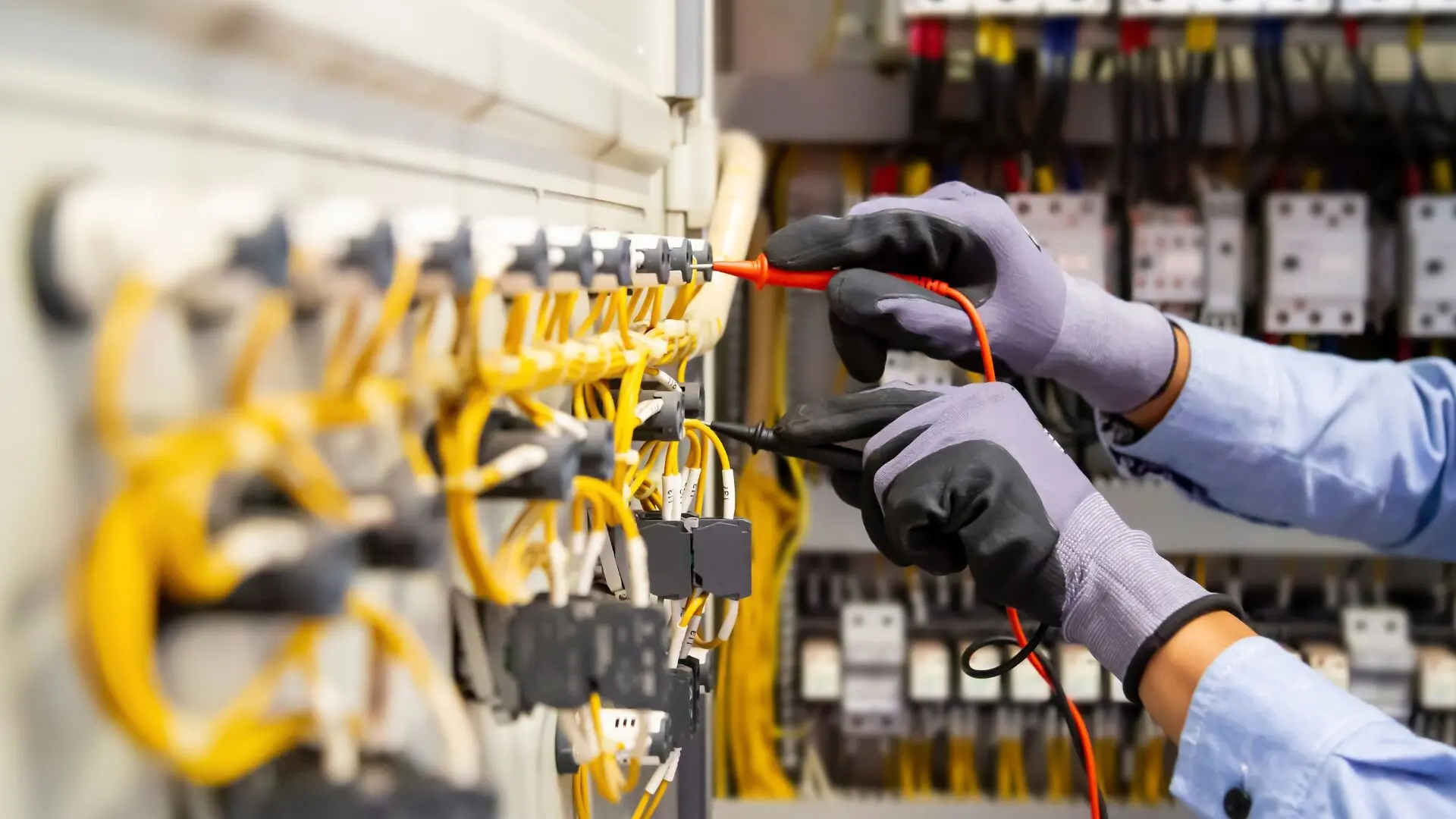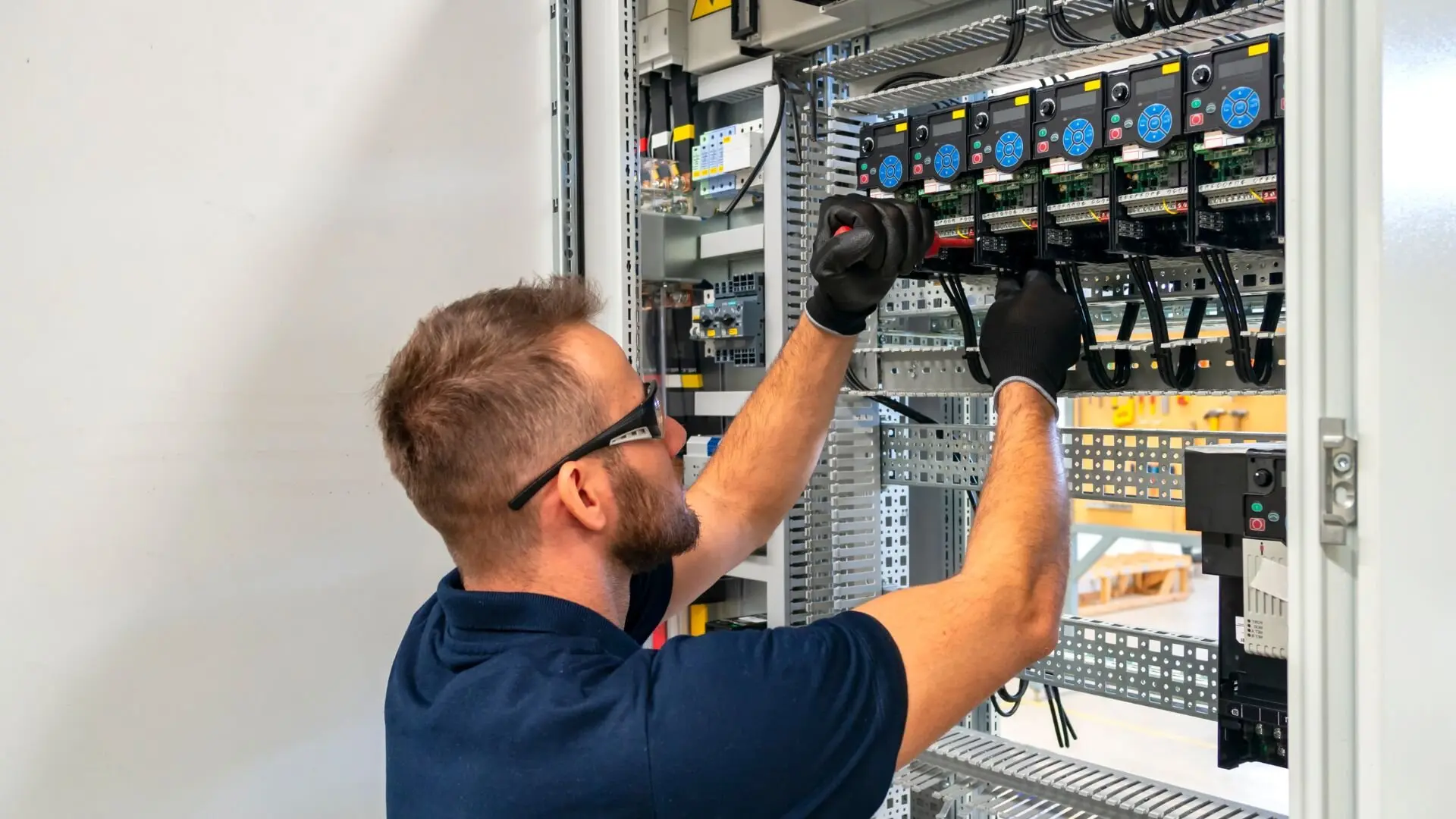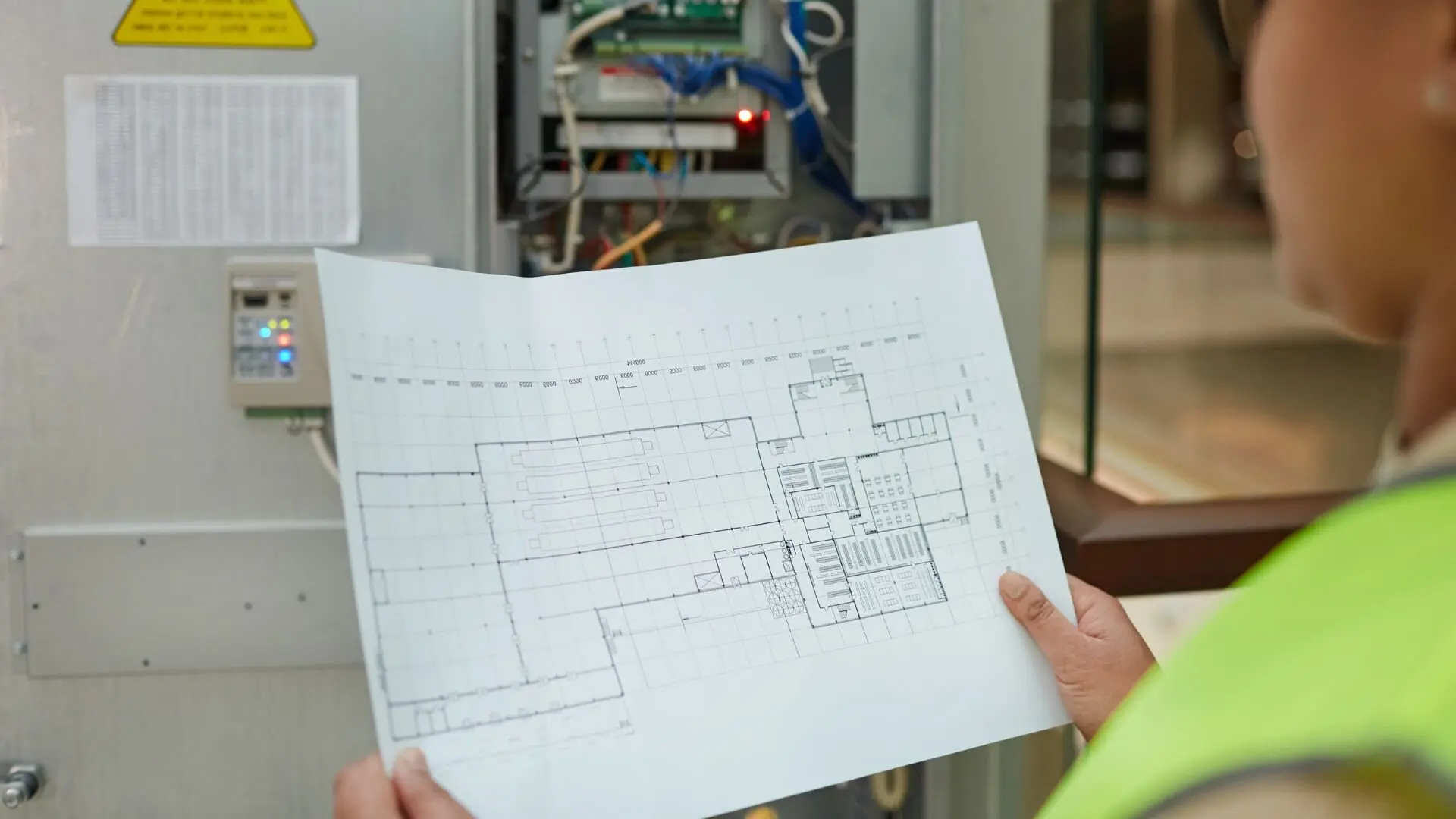Strata buildings, characterised by multiple units under separate ownership within a single property, pose distinctive compliance challenges due to their shared ownership and management structure. These buildings, common in urban environments, require meticulous adherence to regulatory standards to maintain safety and functionality. Ensuring compliance is crucial to prevent potential hazards and uphold the safety and well-being of residents and visitors. Non-compliance can lead to structural risks, fire hazards, and legal liabilities, emphasising the need for rigorous oversight and adherence to building codes and regulations.
At Enersol, our Residential Electrician Gold Coast - This blog delves into the unique compliance challenges strata buildings face, highlighting why strong management practices are essential to keep residents safe and ensure smooth operations.
Understanding Compliance Requirements
Strata buildings in Australia are subject to stringent regulatory standards aimed at ensuring safety, structural integrity, and operational compliance. These standards encompass a range of requirements covering fire safety, building codes, accessibility, and environmental sustainability. Each state and territory in Australia may have specific legislation governing strata properties, adding complexity to compliance efforts.

Typical compliance issues often involve lacking fire safety measures, structural problems, poor waste disposal practices, and not meeting accessibility standards. These issues can seriously endanger residents and visitors, potentially causing injuries, property damage, and legal headaches for owners, corporations, and property managers.
Regular inspections and audits are crucial components of maintaining compliance in strata buildings. Inspections ensure that fire safety systems, structural elements, electrical installations, and essential facilities meet regulatory standards.
Audits, conducted periodically, verify ongoing compliance with environmental regulations, waste management protocols, and accessibility requirements. These proactive measures mitigate risks and demonstrate due diligence in property management.
Identifying Potential Hazards in Strata Buildings
Strata buildings face multiple hazards, from electrical and structural issues to safety concerns. This calls for careful hazard identification and proactive risk mitigation strategies to keep everyone safe.
Common Hazards
Electrical hazards can arise from old wiring, overloaded circuits, or faulty appliances, risking fire and electrocution. Structural hazards might involve weakened foundations, deteriorating facades, or insufficient load support, which could lead to collapses or structural failures.
Safety hazards encompass issues such as inadequate lighting, obstructed emergency exits, or poor maintenance of common areas, increasing the likelihood of accidents and injuries among residents and visitors.
Importance of Proactive Hazard Identification
Proactive hazard identification and risk assessment are paramount in mitigating potential dangers in strata buildings. Regular inspections by qualified professionals can identify and rectify electrical faults, structural weaknesses, and safety lapses before they escalate into hazards. Risk assessments aid in prioritising corrective actions and allocating resources effectively to address identified vulnerabilities.
Implementing Effective Safety Measures
Addressing compliance gaps and reducing hazards in strata buildings requires a systematic approach that emphasises proactive strategies and professional expertise.

Strategies for Compliance and Hazard Reduction
Firstly, regular inspections and audits conducted by certified professionals are essential. These inspections help identify and rectify compliance gaps related to electrical, structural, and safety standards. Prompt maintenance and repairs, carried out by qualified contractors, ensure that any identified hazards are promptly addressed, thereby mitigating risks to occupants and property.
Secondly, establishing clear protocols and guidelines for maintenance and emergency procedures is crucial. This includes maintaining updated documentation of inspections, repairs, and compliance certificates, which aids in demonstrating adherence to regulatory requirements.
Importance of Certified Professionals
Utilising certified professionals for maintenance and repairs ensures that work is performed to the highest standards and in compliance with relevant regulations. This approach minimises the likelihood of recurring hazards and enhances the overall safety and structural integrity of strata buildings. In addition, certified professionals bring expertise and knowledge that are essential for accurately assessing and addressing complex issues that may arise in strata properties.
Role of Training and Awareness Programs
Ongoing training and awareness programs for strata managers and residents play a pivotal role in maintaining a safe living environment. These programs educate stakeholders about safety protocols, emergency procedures, and compliance obligations. By enhancing awareness, residents are empowered to contribute to building safety, such as by promptly reporting maintenance issues or observing safety guidelines within common areas.
Promoting a Culture of Safety
Effective communication and teamwork among stakeholders are key to building a safety-first culture in strata communities. Clear and open communication channels help ensure everyone—from residents to managers and maintenance staff—is informed about safety protocols, maintenance schedules, and emergency procedures. This transparency allows for quick action on potential hazards and fosters a shared sense of responsibility.

Encouraging residents’ participation in safety initiatives is equally crucial. By educating residents about safety practices and encouraging them to report safety concerns promptly, strata communities can proactively mitigate risks and maintain a safe living environment for everyone.
Maintaining a proactive safety culture offers numerous benefits, including reduced incidents of accidents and emergencies, enhanced property value through improved maintenance standards, and strengthened community cohesion. When everyone within a strata community is committed to safety, it creates a supportive environment where residents feel secure and confident in their surroundings.
Partnering for Safer Strata Living
Promoting proactive compliance and hazard prevention is essential for ensuring the safety and well-being of residents in strata communities. By prioritising regular inspections, timely maintenance, and adherence to regulatory standards, strata managers and owners can effectively mitigate potential hazards such as electrical faults, structural weaknesses, and safety lapses. This proactive approach not only safeguards against emergencies but also enhances the overall resilience and longevity of the property, fostering a secure environment where residents can thrive without undue safety concerns. Explore our Residential Electrician Gold Coast to learn more.
For expert Strata Electrician services that prioritise safety and compliance, consider contacting Enersol Electrical. With their certified professionals and commitment to high-quality workmanship, Enersol Electrical offers comprehensive solutions tailored to the unique needs of strata buildings. Whether it’s routine inspections, electrical upgrades, or emergency repairs, their expertise ensures that your property remains compliant and safe. Take proactive steps today to secure your strata community’s electrical systems with Enersol Electrical’s trusted services.